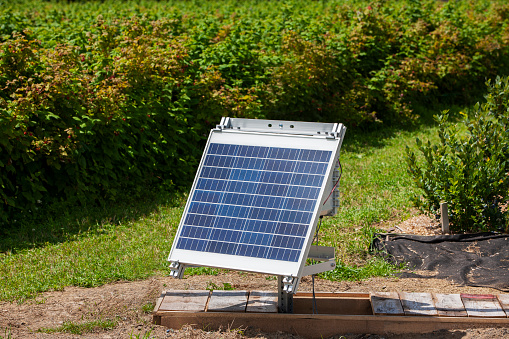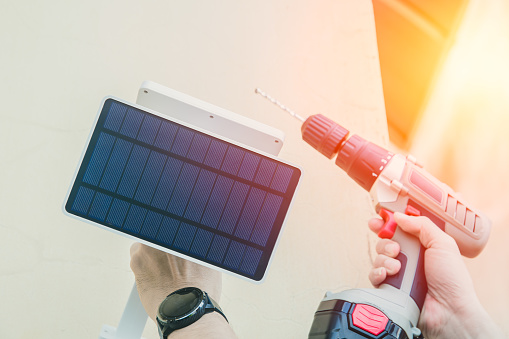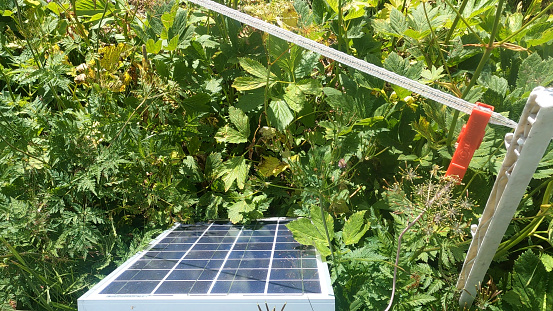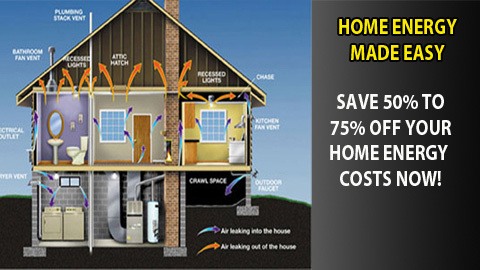
Are you tired of relying on the grid for your energy needs? Have you ever thought about creating your own DIY solar generator?
Well, I’m here to tell you that it’s not only possible but also affordable and incredibly rewarding.
A DIY solar generator is a portable device that converts sunlight into electricity using photovoltaic cells. It can be used to power small appliances like lights, fans, phones, laptops, and even refrigerators in case of emergencies or outdoor activities such as camping trips.
With just a few basic materials and some tools, anyone with minimal technical knowledge can build their own solar generator in a matter of hours. So why wait any longer? Let’s dive into the world of renewable energy and discover how to create your very own green power source!
Understanding The Components Of A Solar Generator
Have you ever found yourself in a situation where electricity is not available? Perhaps you were camping, experiencing a power outage, or just need to generate your own energy. A DIY solar generator can be an excellent solution for these scenarios.
A solar generator is essentially a portable battery pack that gets charged using solar panels. It consists of four main components: the solar panel(s), charge controller, battery bank, and inverter.
The solar panel captures sunlight and converts it into DC (direct current) electricity which charges the battery through the charge controller. Then, when you need AC (alternating current) electricity to run appliances, lights or devices, the inverter takes the stored DC electricity from the battery and converts it into usable AC electricity.
Understanding how each component works together will help you design your own customized system based on your needs. So let’s dive deeper!
As we move forward with this topic, let me emphasize one crucial aspect of building a solar generator – knowing your energy requirements. Calculating your energy needs accurately ensures that you have enough capacity to store sufficient electrical power for future use.
In other words, if you plan on running high-wattage equipment like air conditioners or refrigerators on your solar generator, then you’ll require bigger batteries and more powerful inverters than someone who wants to recharge small electronic gadgets only.
Calculating Your Energy Needs

Now that you’ve decided to build a solar generator, it’s important to determine how much energy you’ll need. This will ensure that your system is appropriately sized and can meet your specific needs.
To calculate your energy needs, start by making a list of all the appliances and devices you plan on powering with your solar generator. Look at each device’s power rating (in watts) and estimate how many hours per day you’ll use them.
Once you have this information, multiply the wattage by the estimated number of hours per day for each appliance or device. Add up these totals to get an overall daily energy consumption in watt-hours (Wh).
With this number in mind, you can then begin to choose components for your solar generator, such as the battery size and solar panel capacity, based on your calculated energy needs.
Now that you know how much energy you need from your solar generator, it’s time to put together all of its individual components into one cohesive unit. In the next section, we’ll walk through building your DIY solar generator step-by-step so that you can make sure everything is properly connected and functioning correctly before taking it out into the field.
Building Your Solar Generator
Now, I know the idea of building your own solar generator may seem daunting. You might be thinking, ‘I don’t have any electrical engineering experience’ or ‘This sounds too complicated for me.’ But let me assure you that anyone can build a solar generator with the right guidance and tools.
First things first, you’ll need to gather your materials. This includes a deep cycle battery, charge controller, inverter, solar panel(s), and various cables and connectors. Don’t worry if these terms are unfamiliar to you – there are plenty of online resources and tutorials available to help guide you through each step of the process.
Remember, this is a DIY project meant for beginners and experts alike. With patience and determination, you can successfully build your very own solar generator!
Assembling all the parts together isn’t enough as making sure it lasts long term requires maintenance. Properly maintaining your diy solar generator will ensure its longevity and efficiency over time.
There are several tips and tricks that can help keep your system running smoothly such as regularly checking connections for corrosion or damage, keeping batteries charged when not in use, and protecting panels from extreme weather conditions. By following these simple steps, you can enjoy the benefits of renewable energy without worrying about costly repairs or replacements down the line.
Tips And Tricks For Maintaining Your Diy Solar Generator

One of the key benefits of a DIY solar generator is that it requires minimal maintenance. However, there are still some tips and tricks you can follow to ensure your system remains in good working order for years to come.
Firstly, make sure to keep your panels clean by wiping them down with a soft cloth every few months. Dust and debris can reduce their efficiency over time, so it’s important to keep them free from any obstructions.
Additionally, be on the lookout for any signs of wear or damage on both the panels and the battery. If you notice anything out of the ordinary, address it promptly before it becomes a bigger issue.
Lastly, consider investing in surge protectors and other safety features to prevent power surges or electrical accidents.
Overall, maintaining your DIY solar generator isn’t rocket science – simply stay vigilant and take care of any issues as they arise. With proper upkeep, you’ll continue enjoying affordable and sustainable energy long into the future!
Conclusion
So there you have it, folks! A step-by-step guide to building your very own solar generator.
With the right components and some careful calculations, you can create a reliable source of energy that will keep your lights on and devices charged no matter where life takes you.
But more than just being a functional device, a DIY solar generator is also an investment in sustainability and self-sufficiency.
By harnessing the power of the sun, you’re reducing your reliance on fossil fuels and contributing to a greener future for all.
So don’t be afraid to get creative, experiment with different setups and configurations, and take pride in knowing that every watt of energy generated by your homemade system is making a difference.
Happy building!

